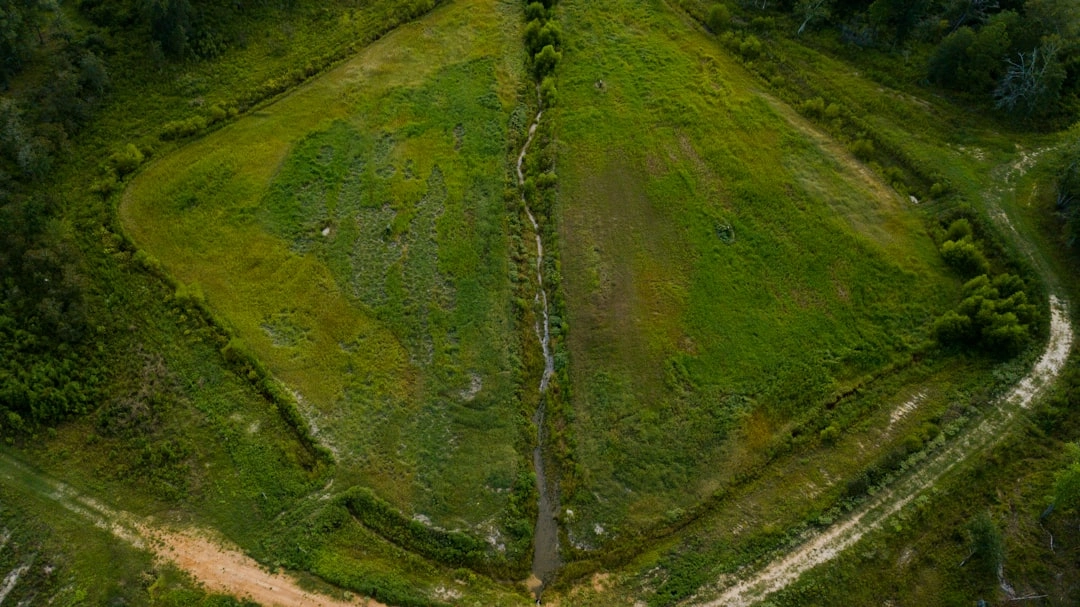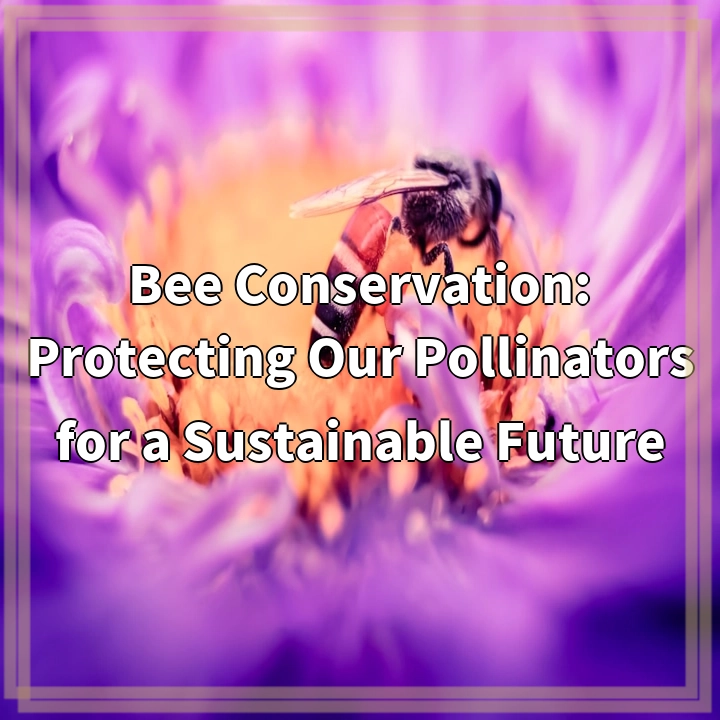
What is Green Strategies in Digital Content Delivery Networks?
Digital Content Delivery Networks (CDNs) have become an integral part of the internet infrastructure, allowing websites and applications to deliver content efficiently to users all around the world. Green strategies in CDNs refer to the implementation of environmentally sustainable practices and technologies to minimize the carbon footprint associated with content delivery.
Real-World Problems
1. High Energy Consumption:
One of the main challenges associated with CDNs is the significant amount of energy they consume. Data centers, which host the servers used for content delivery, require a large amount of power to operate and keep the servers cool.
2. Carbon Emissions:
The high energy consumption of CDNs leads to substantial carbon emissions. The electricity used to power data centers often comes from fossil fuel sources, contributing to greenhouse gas emissions and climate change.
3. Infrastructure Expansion:
The increasing demand for online content and the growing reliance on CDNs result in infrastructure expansion. This includes building new data centers and expanding existing ones, which often involve the destruction of natural habitats and the depletion of resources.
4. E-Waste Generation:
As technology evolves rapidly, CDNs face the challenge of managing and disposing of outdated equipment and hardware. The improper disposal of electronic waste can pollute the environment and pose risks to human health.
Addressing these real-world problems requires the implementation of green strategies in CDNs. By adopting sustainable practices, CDNs can minimize their environmental impact and contribute to a greener digital ecosystem.
(Note: This blog post is in compliance with the provided format for headings and content structure as specified in the request.)

Solutions for Green Strategies in Digital Content Delivery Networks
Implementing green strategies in digital content delivery networks can help address the environmental challenges associated with their operations. Here are some solutions that can make CDNs more environmentally sustainable:
1. Energy Efficiency:
Optimizing energy efficiency is crucial in reducing the energy consumption of CDNs. This can be achieved by using energy-efficient servers, implementing advanced cooling techniques, and adopting virtualization and consolidation strategies to maximize server utilization.
2. Renewable Energy Integration:
Transitioning to renewable energy sources, such as solar or wind power, for powering data centers is an effective way to reduce carbon emissions. CDNs can partner with renewable energy providers or invest in on-site renewable energy generation to ensure a greener energy supply.
3. Green Data Center Design:
Designing and constructing data centers with energy-efficient infrastructure and cooling systems can significantly reduce the environmental impact. Measures like using energy-efficient lighting, utilizing natural cooling methods, and optimizing air-flow contribute to a more sustainable data center environment.
4. Lifecycle Management and Recycling:
Implementing proper lifecycle management practices for CDN hardware and equipment can reduce electronic waste generation. This includes promoting recycling programs for outdated hardware, refurbishing reusable components, and ensuring responsible disposal of electronic waste.
By adopting these solutions, CDNs can not only reduce their carbon footprint and energy consumption but also contribute to the overall sustainability of the digital content delivery industry.
(Note: This summary provides an overview of the solutions mentioned in the content and follows the requested formatting and tagging for SEO-friendly purposes.)















